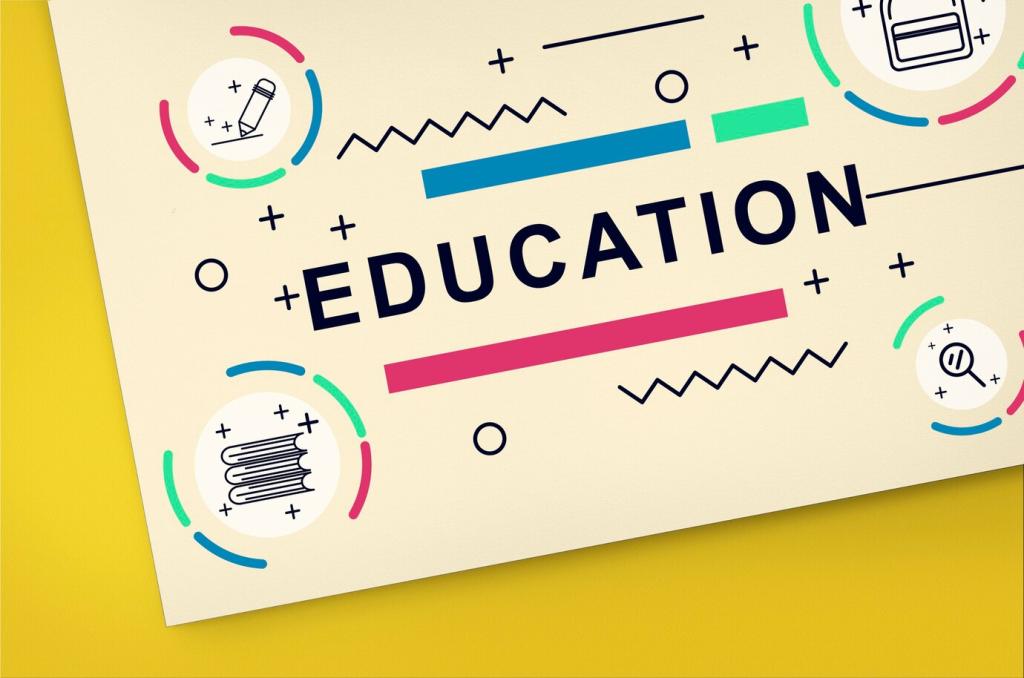Differentiated Instruction in Language Learning: Teaching Every Learner, Every Day
Chosen theme: Differentiated Instruction in Language Learning. Welcome to a practical, heart-forward guide to meeting language learners where they are and helping them grow with purpose. Last term, a quiet student named Mei finally volunteered a full sentence after we adjusted the task to match her readiness—proof that small shifts create big breakthroughs. Subscribe and join our community of educators dedicated to responsive, inclusive language classrooms.
Differentiation begins by honoring where learners stand today. We consider readiness for particular skills, what topics genuinely spark curiosity, and how students best take in and express language. This triad guides every choice, from materials to grouping.
Foundations of Differentiated Instruction in Language Learning
Language teachers differentiate the input (content), how learners engage with it (process), and how they show understanding (product). The same objective becomes multiple pathways: simplified texts, scaffolded discussions, and choice-driven outputs like audio diaries or infographics.
Foundations of Differentiated Instruction in Language Learning
Designing Tiered Language Tasks That Stretch and Support
Offer the same topic at multiple reading levels, each with aligned goals. Add glossaries, guiding questions, or annotation prompts that match readiness. Celebrate when students confidently move between tiers, and invite them to explain strategies they used to comprehend.
Designing Tiered Language Tasks That Stretch and Support
Assign differentiated roles in discussion circles: starter, summarizer, challenger, connector. Provide sentence frames for some and open-ended prompts for others. Rotate roles weekly so learners build both confidence and complexity, while keeping the conversation authentic and purposeful.


Choice and Voice: Personalizing Vocabulary Growth
Offer a choice board featuring tasks like semantic mapping, personal examples, synonym families, and short role-plays. Learners select two paths per week, ensuring repeated, varied encounters. The result is ownership: words feel lived-in, not memorized for a single quiz.


Choice and Voice: Personalizing Vocabulary Growth
Students build personal lexicons with collocations, context sentences, and sketches. Encourage culturally relevant examples and connections to their interests. Spaced retrieval routines ensure repeated practice over time without monotony, turning vocabulary review into a habit rather than a hurdle.
Data-Informed Differentiation: From Diagnostics to Daily Decisions
Quick Entry Checks and Readiness Snapshots
Begin units with brief diagnostics: reading cloze tasks, sentence ordering, or recorded speaking samples. These snapshots reveal patterns, not labels. Use trends to form flexible groups, adjust pacing, and target mini-lessons, always keeping doors open for movement between groups.


Progress Monitoring with Can-Do Statements
Adopt clear Can-Do statements aligned with proficiency frameworks. Learners self-rate weekly and submit evidence—clips, notes, or drafts. Teachers add concise feedback. Over time, growth becomes visible, motivating students to stretch into the next achievable challenge with confidence.
Technology That Amplifies Differentiation, Not Noise
Use adaptive platforms to personalize drills, but tether them to classroom goals. Set targets, review analytics weekly, and pair digital practice with human conversations. Students see immediate feedback while you gain insight to regroup, reteach, or extend as needs evolve.
Curate playlists of short videos, podcasts, and infographics at different levels. Offer optional subtitles and transcripts. Encourage learners to choose formats that match their attention and language stamina, then push into a stretch format once a week to build resilience.
Plan for varied needs from the start: readable fonts, clear pacing, alt text, and adjustable audio speed. Provide templates for note-taking and summary frames. When access barriers fall, learners spend their energy on meaning-making, not navigating a maze of logistics.

Rubrics with Multiple Pathways to Mastery
Design analytic rubrics with descriptors that show progress across levels. Offer options for demonstrating learning: dialogues, presentations, or annotated translations. Students choose their best-fit product while meeting common criteria, ensuring fairness without forcing a one-size-fits-all display.

Portfolios that Tell a Learning Story
Invite students to curate artifacts across the term—drafts, recordings, feedback, and reflections. The portfolio reveals iteration, strategy use, and courage. End with a letter to future selves, capturing lessons learned and goals for the next chapter of language growth.
